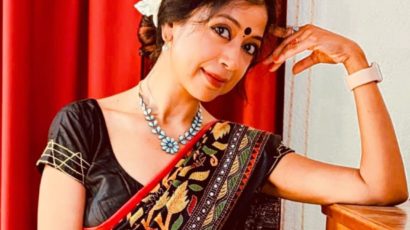So our kiddies have gone back to school – they’ll be home later carrying shiny new books, happy smiles, and stories of new friends and teachers. Sometimes they might come home with a few extra unwanted guests though – head lice!
These are small, wingless, grey-brown insects that are about the same size as a sesame seed. They live on hairs and feed off the blood that they suck from the scalp. The adult form lays about 7-10 eggs a day that then take 7-10 days to hatch. These new lice only take 7-10 days to grow into an adult capable of laying eggs themselves – and so the cycle goes on.
What are ‘nits’?
These are the small white shells of the lice eggs that are left behind when the egg hatches. They stick to the hair and look like flakes of dandruff but don’t get washed away by shampooing.
How did my child catch them?
The lice are only transmitted by hair-hair contact, e.g. two kids bending over a puzzle or a drawing. The lice can’t jump, fly, swim or survive more than a few hours on hats/pillows/cycle helmets/hairbrushes or cuddly toys. They like clean or dirty hair!
How can I tell if my child (or me!) has them?
- Sometimes the scalp can get itchy if your skin has an allergic reaction to the saliva in the lice bites.
- Or, you may spot them in the hair as you comb it – especially when the hair is wet as the lice don’t like water but stay still – gripped to the hair.
- Note that you may see either live lice in the hair, or the ‘nits’ mentioned above.
Watch the video at the end of this post from the Geneva Health Service (about 8 minutes long) for how to reliably comb the hair to detect the lice.
What should I do if I find lice in my child’s hair?
- Don’t panic! As icky as it may seem, the lice are not dangerous and do not carry other infections.
- You only need to use treatment if you see live lice.
- Buy some special anti-head lice treatment shampoo at the Pharmacy. Ask them for advice.
- Read the instructions carefully and follow them. Usually two or three treatments are needed at day 1, day 8 and sometimes at day 15, to ensure that you kill any lice that that have hatched from eggs that survived the first or second treatment.
- Use the fine-toothed detection comb that comes with the treatment to remove the dead lice – watch the 8 minute video to find out how.
Note: If you just see ‘nits’, it doesn’t necessarily mean that there are still live lice present. Nits could indicate previous infection that has now cleared. You don’t need to treat if there are nits alone. But you do need to repeat detection combing every 2-3 days for the next 2 weeks to look for evidence of live lice.
Remember!
- Treat all members of the family who have live lice in their hair at the same time.
- Although head lice can’t survive long outside the body, it is reasonable to wash pillow cases, hats, special blankets and cuddly toys at 60°C to kill any stray lice.
- Tell the school or garderie, but there is no need for the child to stay off school.
We wish you all a happy, healthy start to this new term 🙂
http://www.ge.ch/ssj/videos/poux/welcome.asp?lang=en
Dr Penny Fraser






